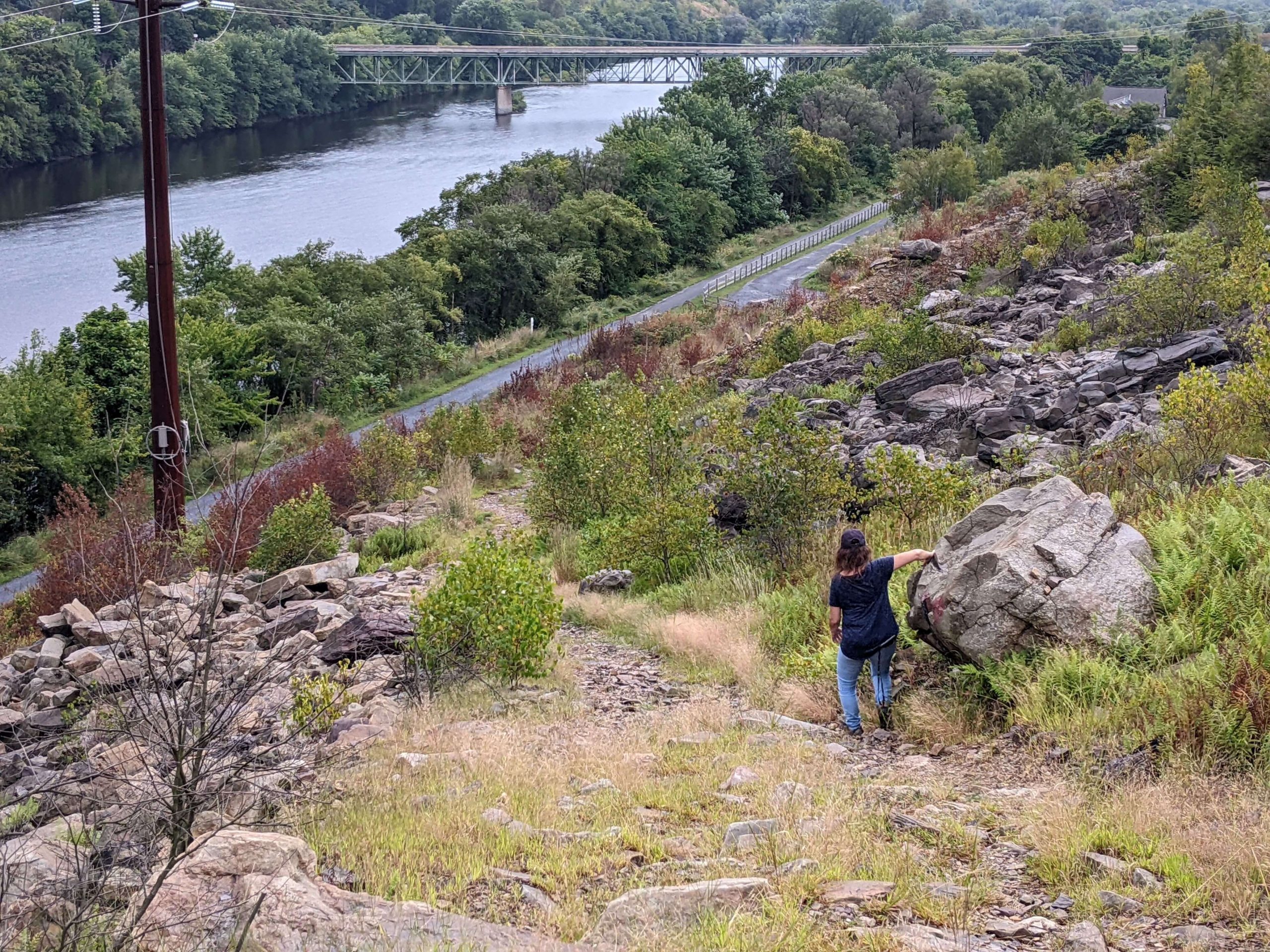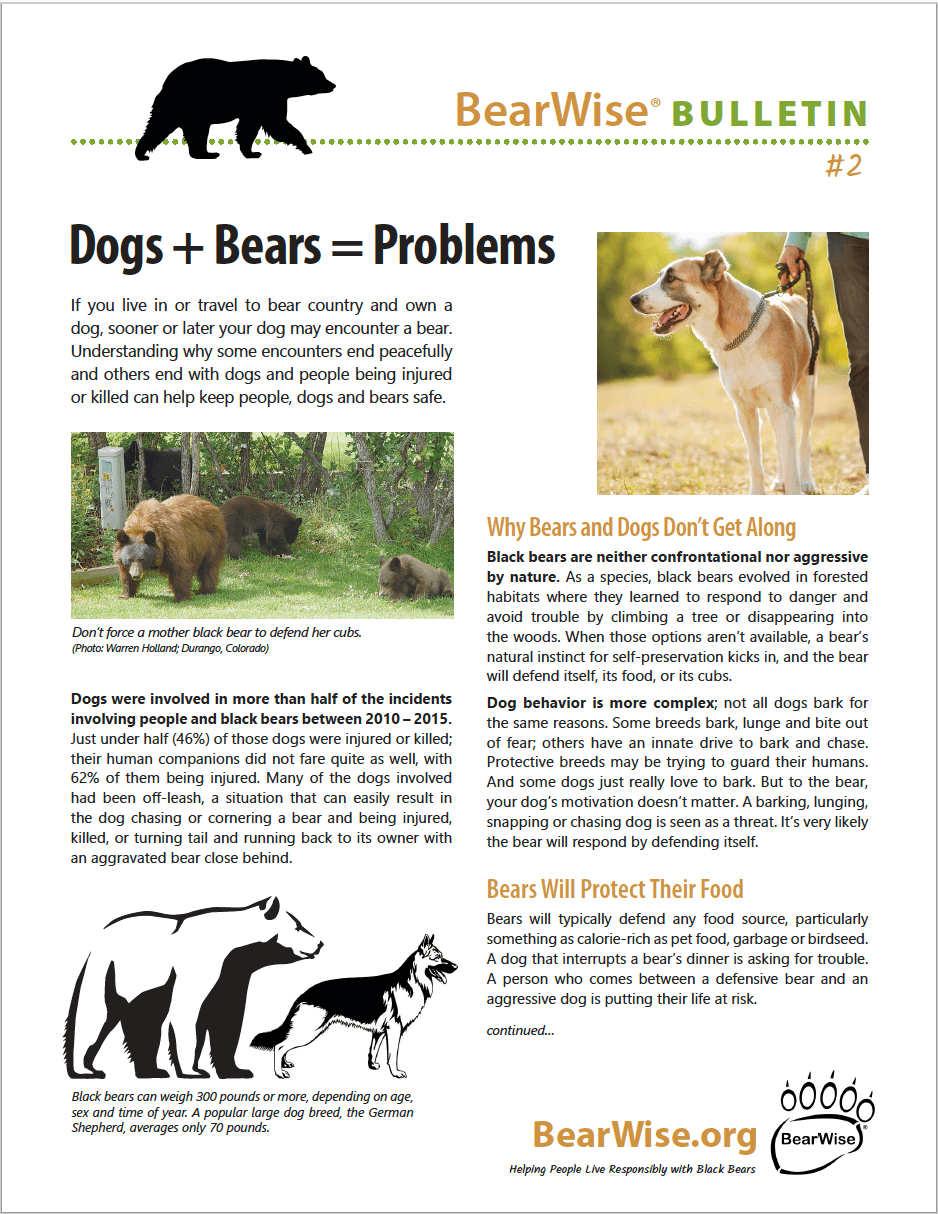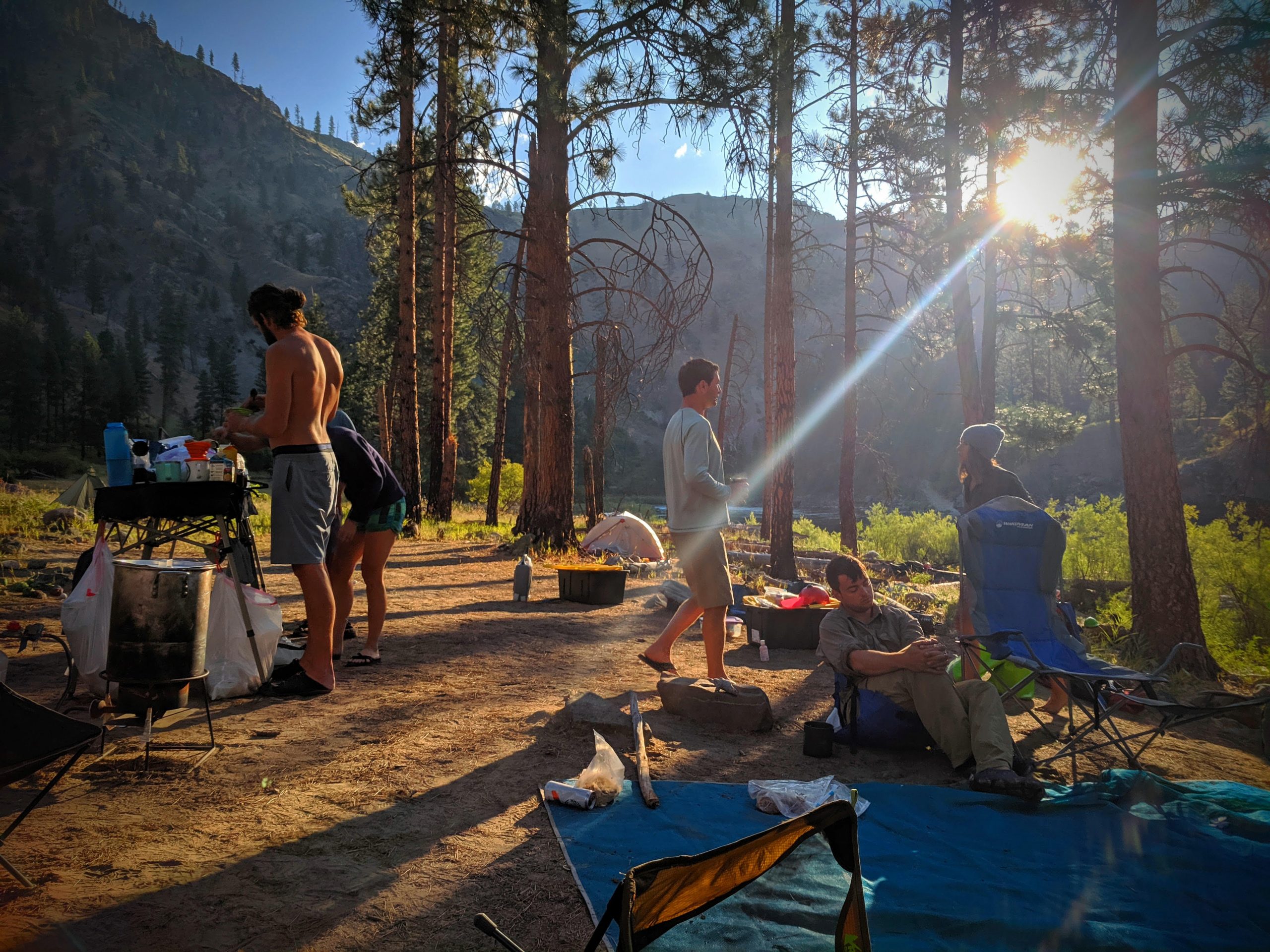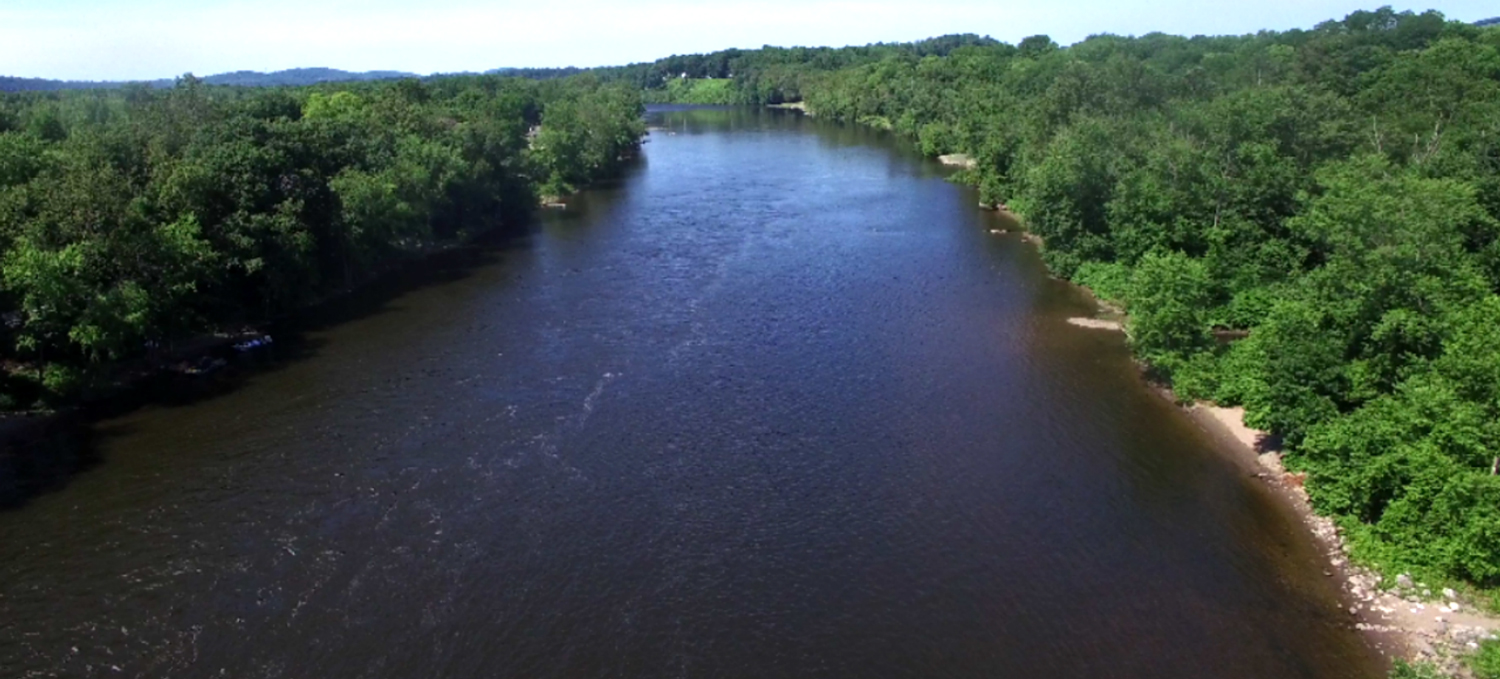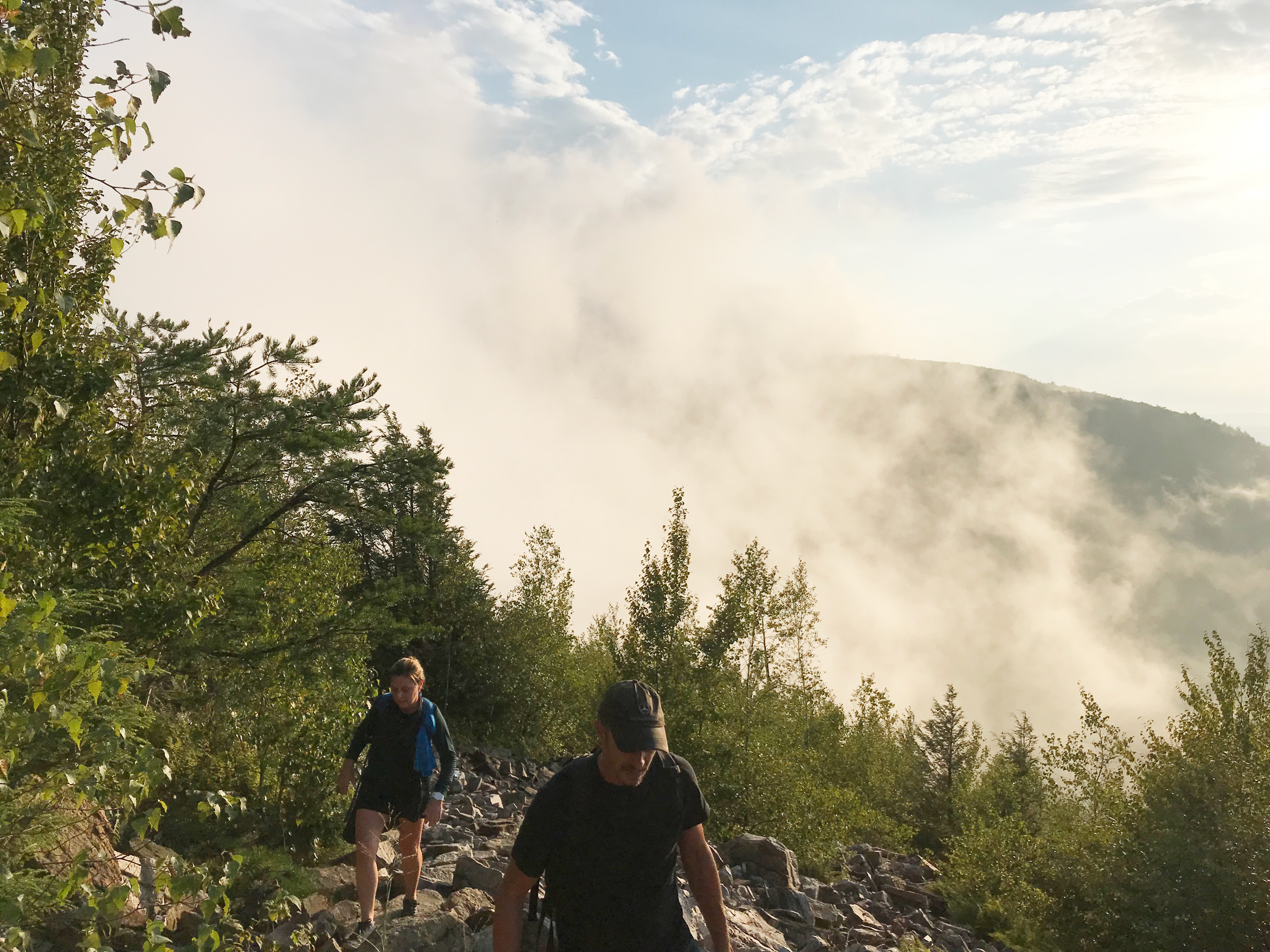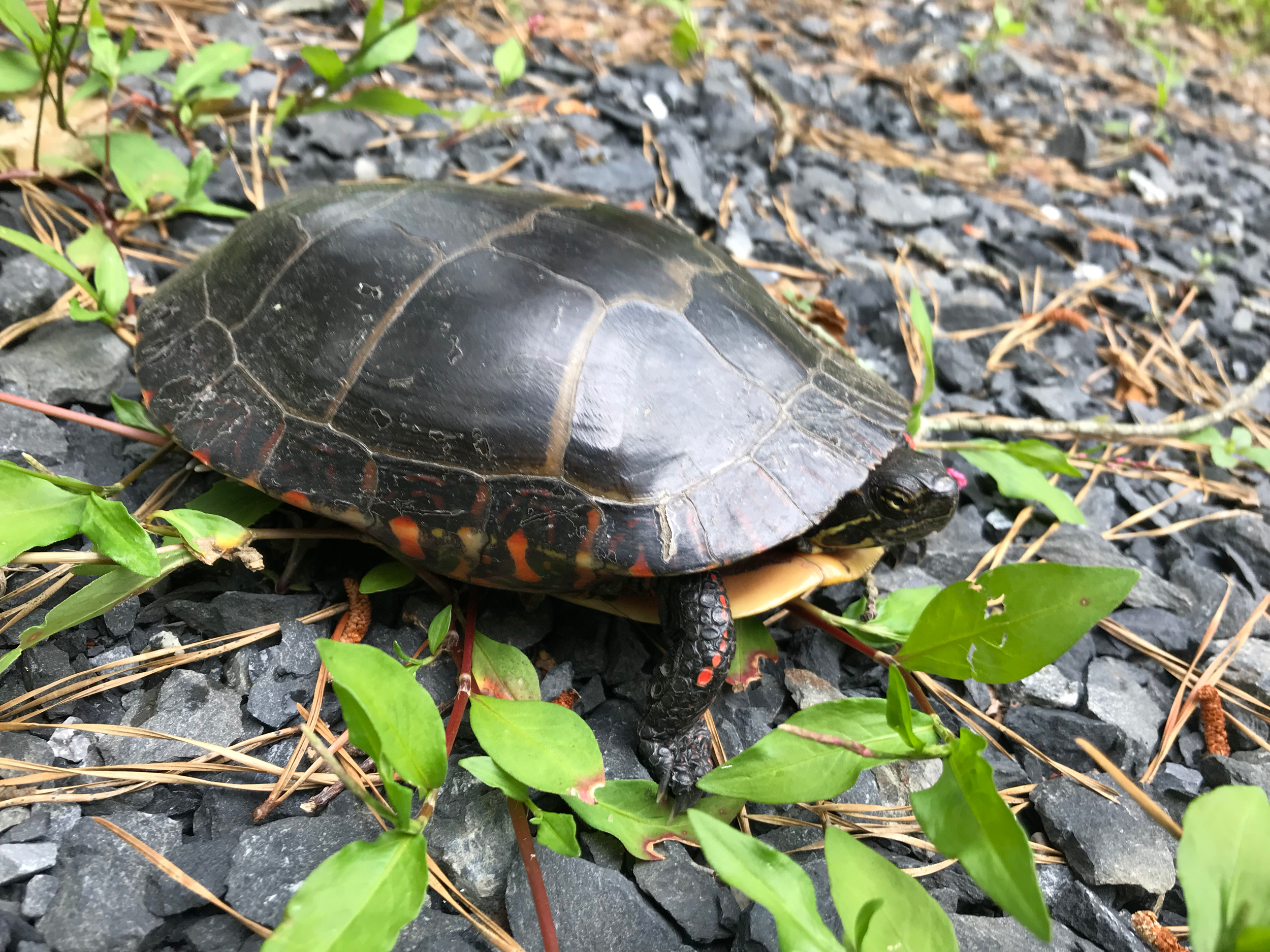AMC-DV Lehigh Valley Group Meeting. Weds. June 19, 2024, 7:30 PM at Illick’s Mill, 100 Illick’s Mill Rd, Bethlehem, PA and on Zoom.
- Who has protected over 60,000 acres in the greater Lehigh River Watershed?
- Who has restored 25 miles of streams?
- Who educates 20,000 children every year on the importance of keeping the Lehigh Valley open, vibrant and sustainable?
THE WILDLANDS CONSERVANCY, that’s who, along with its many local partners!
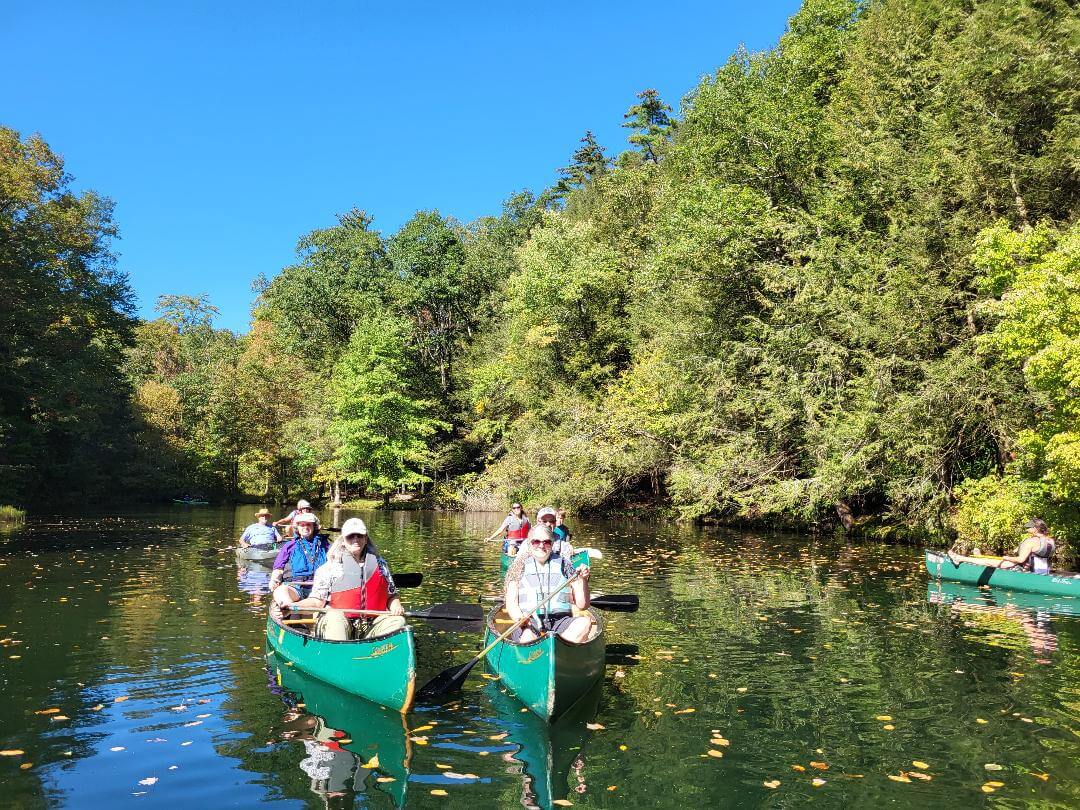
Christine Murray, who has been a part-time Environmental Educator for 12 years at the Wildlands Conservancy in Emmaus, will tell us about Wildlands’ origins, accomplishments and goals. Wildlands has been at the forefront for removing dams in Pennsylvania. It has enhanced the health of streams throughout the region with native plantings. Its “Wild About Learning” program for 1st graders across the Lehigh Valley has been a huge success.
If attending in person, no registration is required.
Please register in advance for this meeting if attending via Zoom.
Information on AMC programs and upcoming outdoor events will be available.
Special note – Wildlands Conservancy will be sponsoring their 28th annual Lehigh River Sojourn on June 8-11. Click this link for additional info on this special event: https://www.wildlandspa.org/lehighriversojourn/

